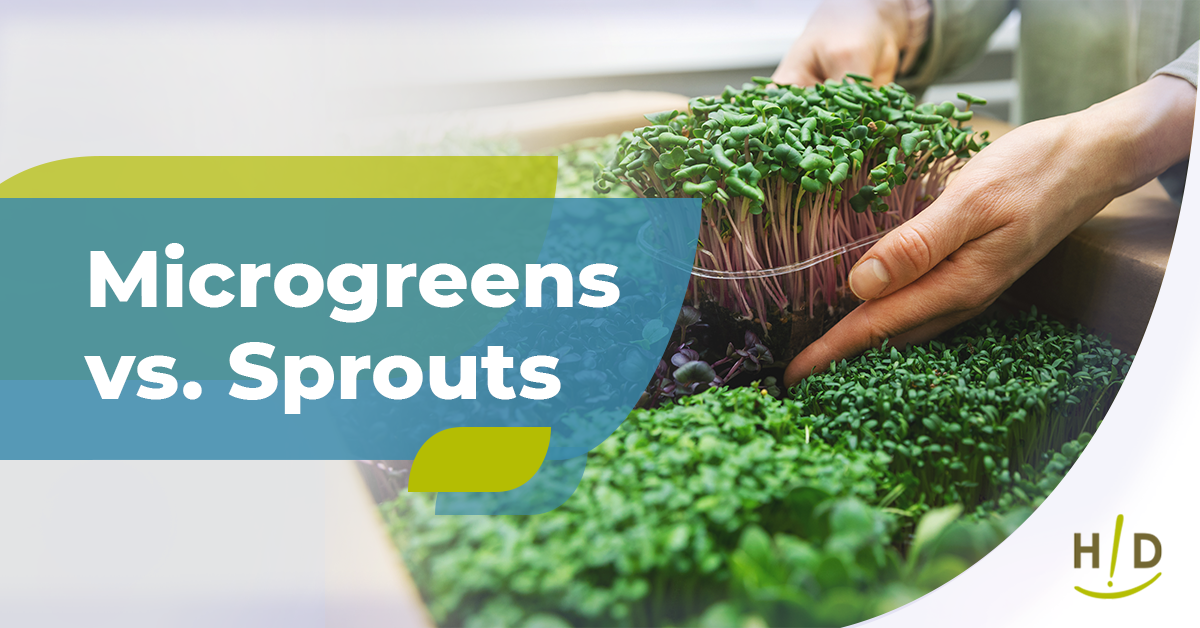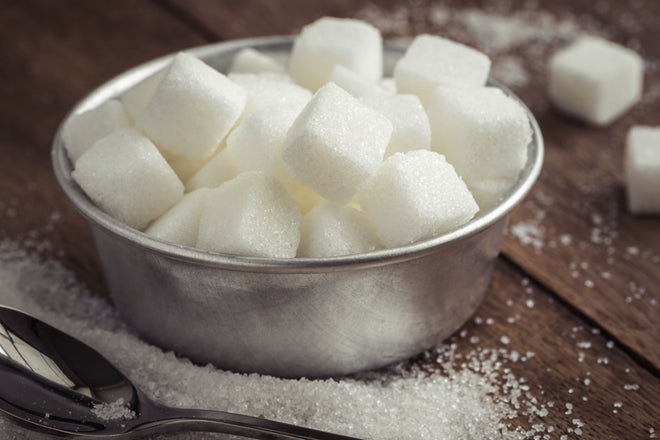Garnishes have changed a lot over the years. From a sprig of parsley on your plate to a handful of alfalfa sprouts on your veggie burger. Move over ketchup and mustard, here come sunflower microgreens.
Sprouts have been around for many years. They have had some excellent press because of their tiny stature, ease of growing and of course, their excellent nutrition. I even included broccoli sprouts in my Cancer book as one of the superfoods that people need to eat daily.
Microgreens have come on the scene more recently. It has only been in the past couple of years that they are in great supply at Farmer’s Markets and even some high-end grocery stores.
In her book, “Becoming Raw”, Vesanto Melina (et al) describes living foods. The soaking and sprouting of raw foods “results in an increase in the activity of enzymes, which are generally dormant in raw foods. The enzymes serve to release storage of carbohydrates, fats, and protein.” It is speculated that since microgreens are harvested in the cotyledon growth stage, like sprouts, they too have all the nutrients they need to grow and may be considered a living food.
While you may favor one taste over the other, the two are definitely distinct, not only in flavor, but also in how they are grown and even in their nutritional status.
Sprouts
Technically, sprouts are newly germinated seeds. They may exhibit their first tiny leaves, known as cotyledons, but (as distinct from microgreens) they are always harvested before they develop true leaves. Grown in dark conditions without soil and fertilizers, the seeds are fed solely by water, air, and the nutrients from the seeds’ embryos. A lot of flavor, vitamins, and minerals that are going to be in the plant are concentrated in the sprouts. Because sprouts are usually eaten raw, they require extremely sanitary growing conditions, including clean seeds and frequent rinsing.
The smaller seeds, such as broccoli, alfalfa and radish, contain up to 100 times more of the incredible phytonutrients than their mature counterparts. Essentially, a handful of broccoli sprouts can provide you the same nutritional benefits as a bucketful of mature broccoli. The larger seeds such as the grains (kamut, oats and rye) and legumes (lentils, chickpeas, beans), provide us with the energy (calories) we need to function. In addition to boosting the antioxidant, vitamin, essential fatty acid, and enzyme content, it’s been well documented that the soaking and sprouting process also increases the quality and quantity of fiber and protein. Sprouting is simply the best way to prepare grains, legumes, nuts and seeds. It activates the enzymes, releases anti-nutrients, and improves our digestion and absorption of beneficial nutrients, allowing us to get the most health benefits from our food. The beauty of it all lies in the fact that sprouts can be grown on your kitchen counter every day of the year, and with minimal effort.
- Sprouts are germinated in water and rinsed approximately twice per day
- Both the seed and the seedling is consumed
- Harvested within 4-6 days
- Types of sprouts: green leaf, mung bean, lentil, alfalfa, radish, sunflower, pumpkin, wheat, chickpea, broccoli
- Consume edible leaves and stem in the cotyledon growth stage(when the first two to four leaves appear)
- Cut off at soil level and are often 1-3 inches in length
- Harvested within approximately 1-2 weeks
- Eat the stem and green only, not the seed
- Gets added nutrients from soil, experiences more photosynthesis
- Types of microgreens: kale, arugula, beet greens, onions, radish greens, watercress, chard, bok choy, cilantro, basil, chervil, parsley, chives, pea








